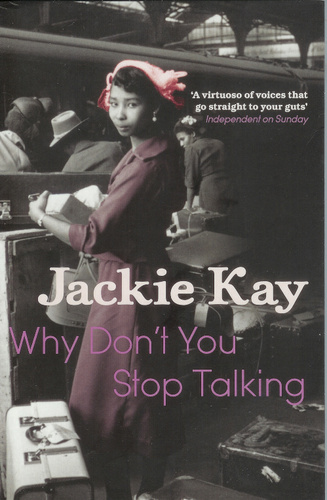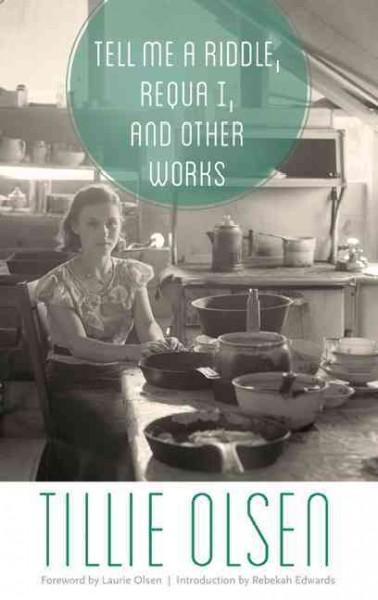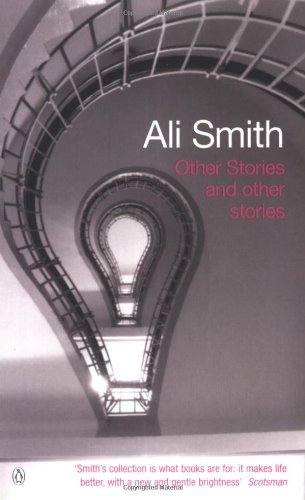
photo by Boyce Duprey
by Alex Ruczaj
A short story is not the obvious place for time travel. Many of the great short stories take place in neat pockets of time (think Carver, Hemingway, Delilo). They are a close-up on a pivitol moment, ‘something glimpsed from the corner of the eye, in passing’, as V. S. Pritchett said. However, most stories need at least an echo, a hint of the past, to deliver authenticity, to help us empathise and to give the story and characters depth. This balance of time within the short form is always one of the greatest challenges I face with my own stories, yet other writers manage to skip through time as easily as the great Doctor himself.
Jackie Kay’s story ‘The Woman With the Knife and Fork Disorder’ is set almost entirely in the present. Kay focuses the narrative on the spiralling, bizarre behaviour of the main character, Irene, but gradually reveals the past events that inform this present action:
Irene stood up and waltzed down the hall […] She had to be careful not to stand on any of the cutlery […] When Irene watched Iain with women who really could waltz, graceful and nimble, straight backs, long legs, pretty noses turned up in the air to the music, she knew that Iain felt like he had a wife that didn’t work properly.
 In just a short flashback, Kay beautifully sums up Irene’s relationship with the hapless Iain. She uses vivid and specific summary to take us back, a technique that’s noted in Writing Fiction to be particularly ‘enlightening and enjoyable to read’. There is no need to include lengthy scenes from the marriage – these would abruptly take us away from the present story of Irene’s love affair with cutlery.
In just a short flashback, Kay beautifully sums up Irene’s relationship with the hapless Iain. She uses vivid and specific summary to take us back, a technique that’s noted in Writing Fiction to be particularly ‘enlightening and enjoyable to read’. There is no need to include lengthy scenes from the marriage – these would abruptly take us away from the present story of Irene’s love affair with cutlery.
The memory in this flashback is, all at once, specifically authentic, informative and enlightening. Kay also uses Irene’s waltzing to provide a subtle and clear transition into memory that is very natural. The movement back in time is seamless and well integrated, providing us with a glimpse of the past without jarring us out of the present. We are able to understand Irene’s behaviour without having to disrupt the action.
This is no mean feat, as writer and critic Tom Bailey comments in On Writing Short Stories:
The trouble with flashbacks is that first they interrupt the forward movement of a scene […] and risk stalling the tension created by the direct interaction of the characters.
Kay’s flashbacks are mere sprinklings of memory and therefore there is no real interruption; it seems to flow easily. But not all stories are the same and sometimes stories require us to go further back in time, to stay in the past for longer.
Tillie Olsen’s ‘I Stand Here Ironing’ is a great example of a story that takes place mostly in the past. The story is framed by small slivers of present, but dives back into the pas t for almost the entire story. But why does this work and why don’t these slivers feel tagged on? The story begins:
t for almost the entire story. But why does this work and why don’t these slivers feel tagged on? The story begins:
I stand here ironing, and what you ask me moves me tormented back and forth with the iron. “I wish you would manage the time to come in and talk with me about your daughter. I’m sure you can help me understand her. She’s a youngster who needs help and whom I’m deeply interested in helping.”
“Who needs help.” Even if I came, what good would it do? You think because I am her mother I have a key […] She has lived for nineteen years. There is all that life that has happened outside of me, beyond me.
We are immediately given a reason to both care about the present and feel curious about the past. Olsen creates curiosity through the strong thread of the mother’s guilt, her need to justify her actions to the teacher and to herself. By cleverly using the reader as a passive character, we become the child’s protector and we must know what happened to her in the past. The present action is far from thrilling – it is the act of ironing – but it works as a simple device to orientate the reader, a way of marking time through a concrete, tangible and relatable activity.
In Ali Smith’s story ‘The Theme is Power’, she moves gracefully back and forth through time, using both first and second person narratives. If there are any rules, Smith breaks them. To begin, there is very little present action or character development, before we are launched into the flashback:
The thing is I really need you with me in this story. But you’re not home. You won’t be home for hours yet […] I decide to do the dishes. They need to be done anyway (three days’ worth) and what’s more, with my back to the table standing at the sink I can imagine you, sitting up on it with your legs swinging eating an apple. So. Listen to this. This is what happened.
 Smith uses her narrator to acknowledge the art of storytelling itself. Through this realistic, yet imagined, conversation, she exposes the artifice of the time travelling narrative boldly and with no apology. Imitation of this, for the most part, is futile, but I find it fascinating to see how simply a narrative can move from the present into the past.
Smith uses her narrator to acknowledge the art of storytelling itself. Through this realistic, yet imagined, conversation, she exposes the artifice of the time travelling narrative boldly and with no apology. Imitation of this, for the most part, is futile, but I find it fascinating to see how simply a narrative can move from the present into the past.
Although much is written about keeping short stories in a tight time frame, about the importance of the ‘present moment’, my view is: where’s the fun in that? Flashback is a powerful tool, for bringing depth to a short story, for allowing the reader to skip lightly through years in a matter of lines. But, as with anything powerful, it is difficult to use, and its use must be constantly challenged – is it relevant to the action in the present, is it specific enough? Does it contribute to pace and texture, rather than slow the story down? Is there a smooth transition from present to past?
Ask these questions of your work and then be brave. With a flourish of your stripy scarf, dip in and out of the past and present and delight in, as Kay puts it, the ‘great swirling freedom’ of the short story form… where time travel is, indeed, possible.


One thought on “Can We Time Travel in Short Fiction?”
Comments are closed.